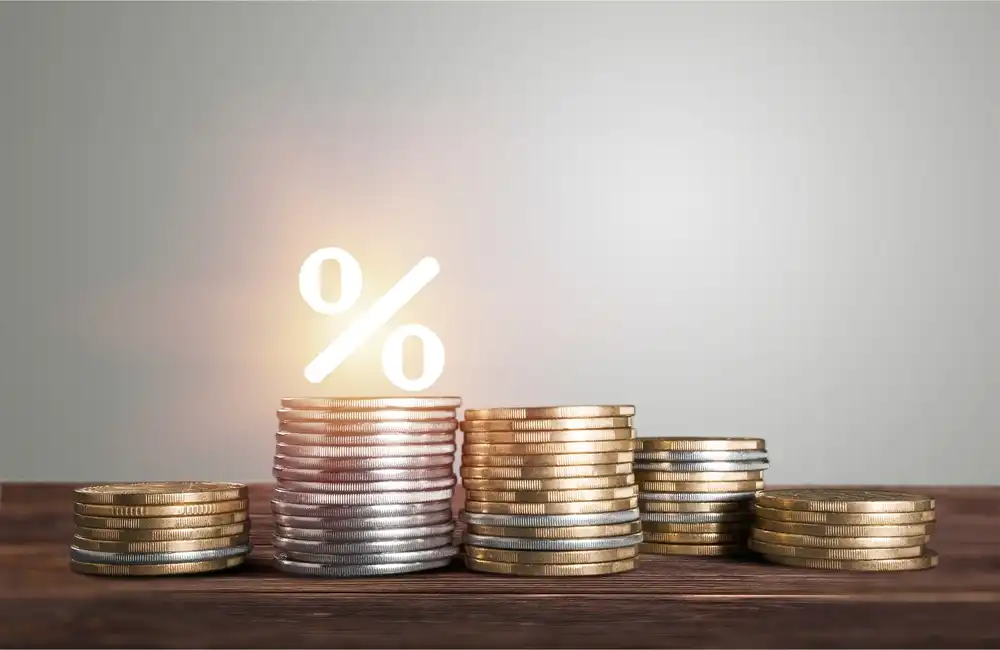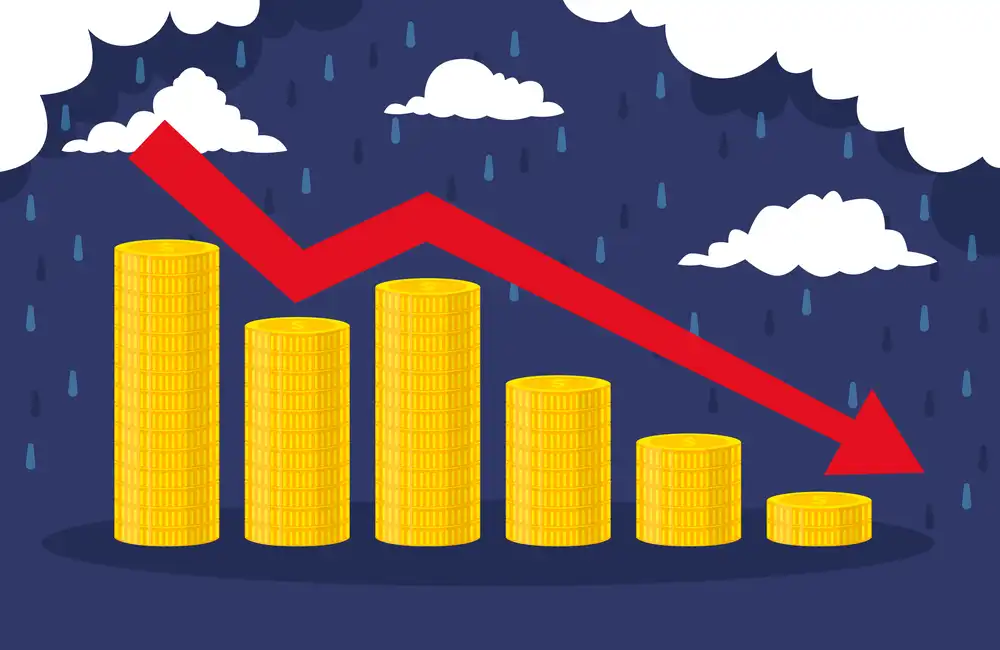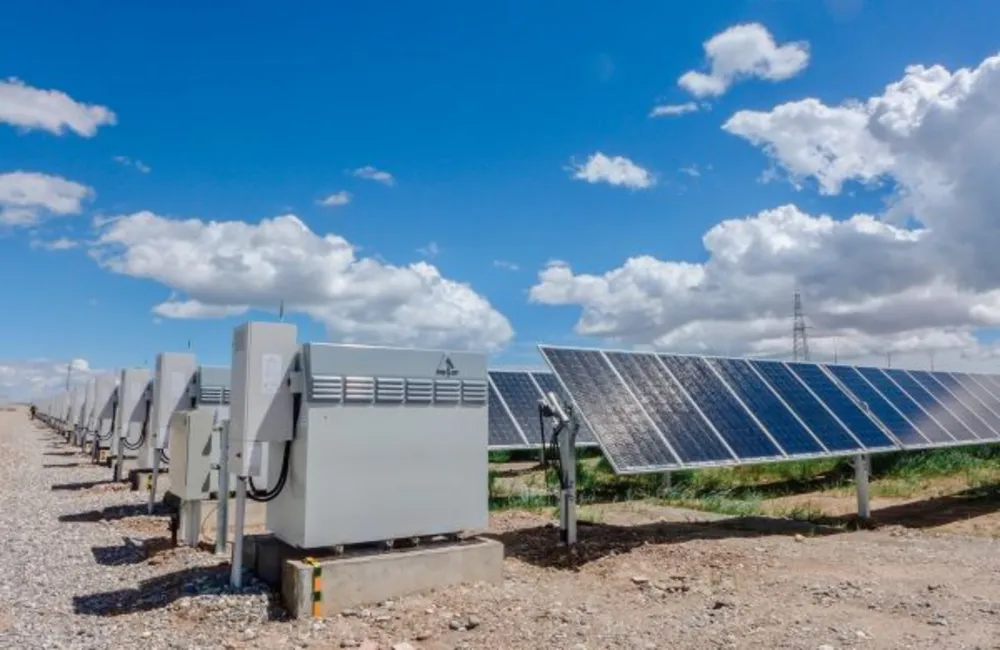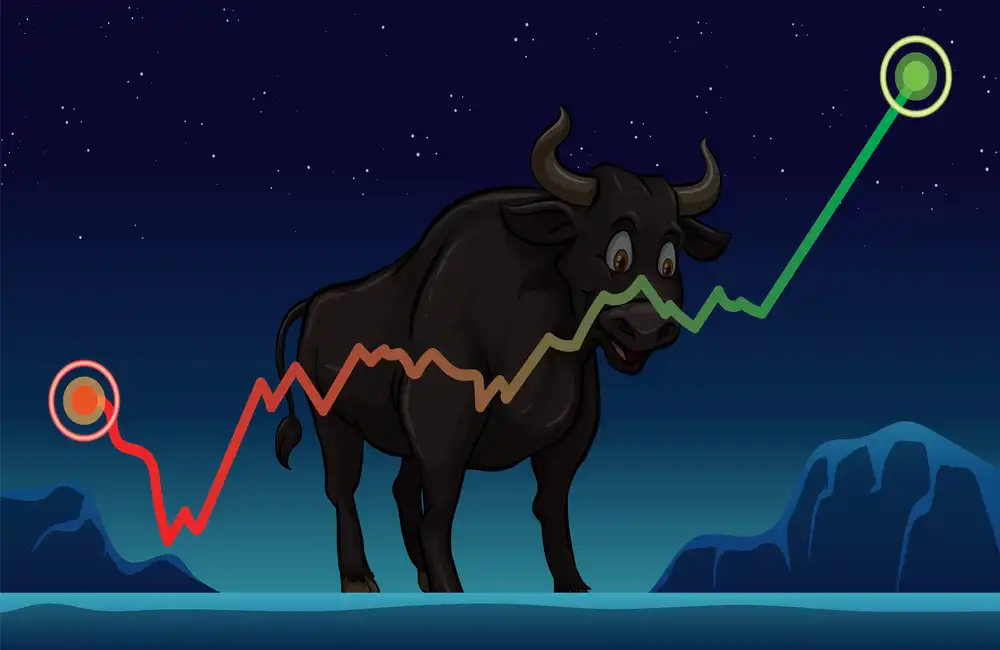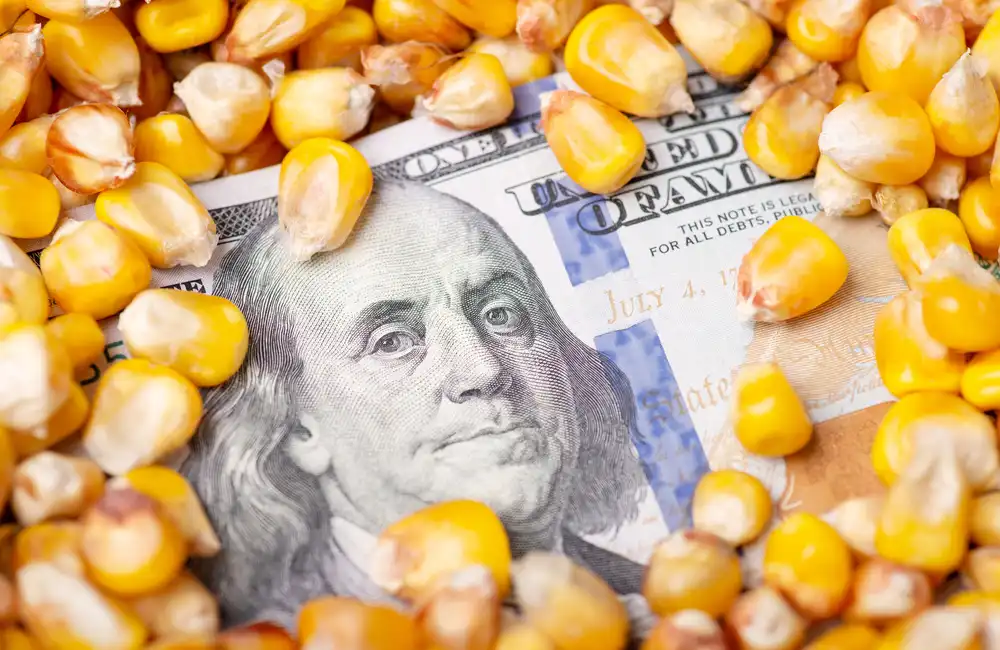Vanadium had thus far been overlooked in the current commodities cycle for minerals, but it would gain market share as lithium in particular risks pricing itself out as the energy grid storage battery material, Mines and Money heard May 5.
“Not only because it has such huge market opportunities, but because it’s one (mineral) that’s been overlooked in this entire cycle,” said James Hayter, Investment Advisor at Baker Steel Capital Managers, during a panel discussion on the commodities supercycle. “Lithium-ion is increasingly hard to envision as a sustainable energy storage solution going forward. We have to think about the balance sheet,” he added, citing lithium’s soaring prices and market supply concerns.
For grid-scale storage, Hayter argued that vanadium is more efficient than lithium-ion. While lithium prices have surged more than 200% this year due to explosive demand from electric vehicle (EV) battery makers, new supply has been slow to materialize. Lithium project development is often delayed by environmental concerns, with extraction methods seen as polluting or water-intensive.
One major lithium project, Rio Tinto’s $2.4 billion Jadar project in Serbia, has been stalled due to environmental opposition despite years of investment. S&P Global Commodity Insights assessed battery-grade Lithium Carbonate CIF North Asia at $75,000/mt on May 4, and battery-grade Lithium Hydroxide at $80,000/mt.
Vanadium Emerges as a Contender
Meanwhile, vanadium—traditionally used in steelmaking—is gaining attention for its potential in grid energy storage, particularly in vanadium redox flow batteries (VRFBs). These batteries are considered highly durable and efficient for stationary energy storage. Prices for ferrovanadium, with 80% vanadium content, averaged $48,000–$50,000/mt in late April, more than double their 2020 average, amid what Hayter called a “hugely volatile” market.
While vanadium supply is currently less constrained than lithium, the global market remains concentrated. Outside of China and Russia, significant production is dominated by two companies: Bushveld Minerals in South Africa and Largo Resources, listed on the Toronto Stock Exchange with mines in Brazil.
Notably, energy companies typically lease vanadium for grid batteries rather than purchase it outright, creating a unique economic model in the battery value chain.
Looming Lithium Shortage
The International Energy Agency (IEA) has warned of a “looming mismatch” between climate targets and the supply of critical minerals. IEA estimates forecast lithium carbonate equivalent supply in 2030 at just 50% of the projected demand of 2.5 million mt/year.
“It’s pretty hard to find easy, high-grade lithium projects,” said Xiao Fu, head of commodity markets strategy at BOCI Global Commodities. “It’s tough to get a project that fits.”
Despite supply challenges and volatility, both lithium and vanadium are expected to remain crucial in the energy transition, though vanadium could increasingly compete with lithium in grid and large-scale storage solutions.



